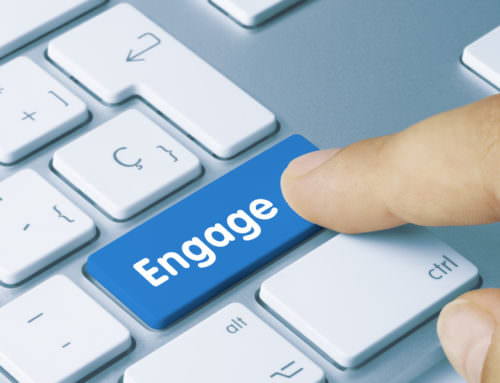Four Trends Impacting Employee Recognition
Employee recognition is something that feels right: motivating employees and encouraging positive behavior feels like something every organization should be doing. We know this. And for a long time, these “feelings” of corporate responsibility have driven the employee recognition market to reach $46 billion (as estimated by Josh Bersin in 2012). But, in 2017, is this enough? Or does employee recognition need to be tied to something bigger than a feeling of “right or wrong?”
For the first time, we are seeing a shift in how companies evaluate recognition software and measure results. Recognition is becoming less about employee satisfaction and adoption rates and more about business outcomes. I was at the Achievers Customer Experience event last week and business performance was a recurring theme. The CEO of Meijer Supermarkets – a company with 70,000 employees (mostly non-desk employees) – took the stage to talk about how employee recognition drives customers satisfaction. Companies like Meijer are actually looking at how consistent recognition drives retention, engagement, and productivity. This type of correlation is becoming the standard in an industry that was at one time considered HR “fluff.”
Fortunately, we are seeing an uptick in the investment in employee recognition providers and the number of startups entering this space. It is a market we are watching closely and a few themes definitely stand out:
- Recognition is Not a Replacement for a Performance Management System: Some providers are complicating their messaging and seem to be going after performance management in a way that is confusing to their buyers and existing partners. Recognition is recognition. It has an established budget and the value is far greater than what a traditional performance management solution can offer.
- Recognition Needs to Be Tied to Business Outcomes: Customers are asking for this and the providers that can show how recognition impacts retention, customer satisfaction, and productivity. Research Aptitude conducted earlier this year found that companies with a recognition program are two times more likely to improve the employee experience.
- Recognition is a Communication Tool: It is no surprise that one of the greatest challenges companies face is communicating with their workforce. Ninety-six percent (96%) of companies we surveyed last year believe that communication is critical to achieving company goals. Social recognition technology provides a way for communication to be frequent, consistent, and meaningful.
- Social Recognition is a Solution for HR Leaders: Recognition has historically been a priority for compensation and benefits practitioners. As the market matures and technology becomes smarter and more strategic, recognition is becoming a priority for HR Leaders.
We will be publishing some new research on employee recognition next month and will be looking at what differentiates providers and how companies are showing the ROI from their investments.







Leave A Comment